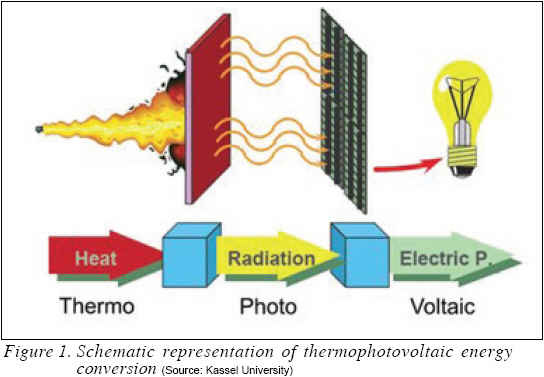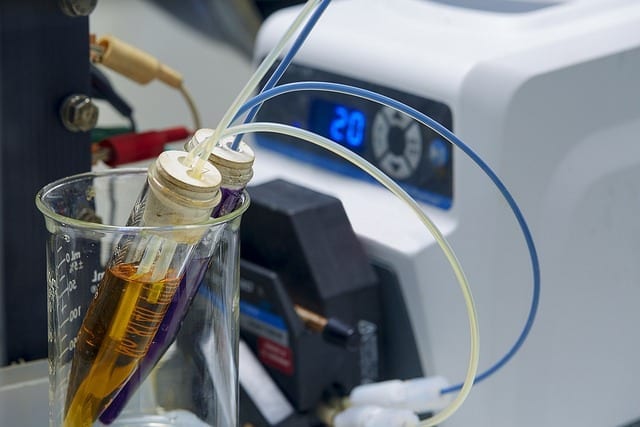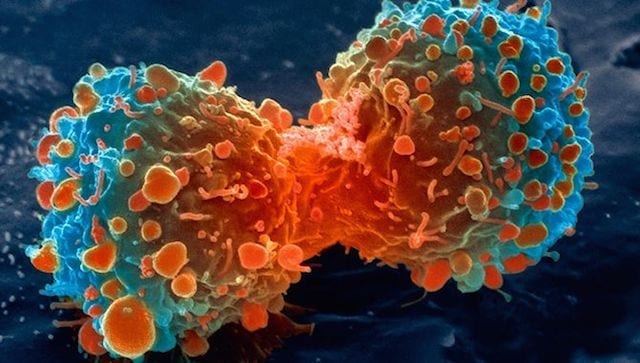
‘Green’ project led by Rice, Swansea scientists matches best water repellant
A new class of superhydrophobic nanomaterials might simplify the process of protecting surfaces from water.
A material made by scientists at Rice University, the University of Swansea, the University of Bristol and the University of Nice Sophia Antipolis is inexpensive, nontoxic and can be applied to a variety of surfaces via spray- or spin-coating.
The researchers led by Rice chemist Andrew Barron reported their find in the American Chemical Society journal ACS Applied Materials and Interfaces.
The hydrocarbon-based material may be a “green” replacement for costly, hazardous fluorocarbons commonly used for superhydrophobic applications, Barron said.
“Nature knows how to make these materials and stay environmentally friendly,” Barron said. “Our job has been to figure out how and why, and to emulate that.”
The lotus leaf was very much on their minds as the researchers tried to mimic one of the most hydrophobic — water-repelling — surfaces on the planet. Barron said the leaf’s abilities spring from its hierarchy of microscopic and nanoscale double structures.
“In the lotus leaf, these are due to papillae within the epidermis and epicuticular waxes on top,” he said. “In our material, there is a microstructure created by the agglomeration of alumina nanoparticles mimicking the papillae and the hyperbranched organic moieties simulating the effect of the epicuticular waxes.”
Fabrication and testing of what the researchers call a branched hydrocarbon low-surface energy material (LSEM) were carried out by lead author Shirin Alexander, a research officer at the Energy Safety Research Institute at the Swansea University Bay Campus.
There, Alexander coated easily synthesized aluminum oxide nanoparticles with modified carboxylic acids that feature highly branched hydrocarbon chains. These spiky chains are the first line of defense against water, making the surface rough. This roughness, a characteristic of hydrophobic materials, traps a layer of air and minimizes contact between the surface and water droplets, which allows them to slide off.
To be superhydrophobic, a material has to have a water contact angle larger than 150 degrees. Contact angle is the angle at which the surface of the water meets the surface of the material. The greater the beading, the higher the angle. An angle of 0 degrees is basically a puddle, while a maximum angle of 180 degrees defines a sphere just touching the surface.
The Barron team’s LSEM, with an observed angle of about 155 degrees, is essentially equivalent to the best fluorocarbon-based superhydrophobic coatings, Barron said. Even with varied coating techniques and curing temperatures, the material retained its qualities, the researchers reported.
Potential applications include friction-reducing coatings for marine applications where there is international agreement in trying to keep water safe from such potentially dangerous additives as fluorocarbons, Barron said. “The textured surfaces of other superhydrophobic coatings are often damaged and thus reduce the hydrophobic nature,” he said. “Our material has a more random hierarchical structure that can sustain damage and maintain its effects.”
He said the team is working to improve the material’s adhesion to various substrates, as well as looking at large-scale application to surfaces.
Read more: Superhydrophobic coating protects without the price
The Latest on: Sperhydrophobic nanomaterials
[google_news title=”” keyword=”superhydrophobic nanomaterials” num_posts=”10″ blurb_length=”0″ show_thumb=”left”]
via Google News
The Latest on: Superhydrophobic nanomaterials
- Nanomaterials newson April 23, 2024 at 5:00 pm
A team of chemists and bioengineers at Rice University and the University of Houston have achieved a significant milestone in their work to create a biomaterial that can be used to grow biological ...
- CHEM.5660 Nanomaterials and Nanostructures (Formerly 84.566)on April 8, 2024 at 8:29 am
Research and technology development in nanoscience and nanotechnology aim at understanding the fundamental nanoscale phenomena, synthesizing, fabricating and imaging nanomaterials and nanostructures, ...
- Nanomaterials at work in biomedical researchon December 26, 2023 at 2:11 pm
Over time the focus of nanotech research has gradually shifted from development of high-quality nanomaterials and investigation of their physical properties to the application side. Biomedical ...
- Introduction to Graphene-Based Nanomaterialson October 24, 2023 at 4:26 pm
Touqeer, Muhammad Baig, Mirza Mahmood Aadil, Muhammad Agboola, Philips O. Shakir, Imran Aboud, Mohamed F. Aly and Warsi, Muhammad Farooq 2020. New Co-MnO based Nanocrsytallite for photocatalysis ...
- What are Nanomaterials?on August 31, 2023 at 12:33 am
Nanomaterials are materials with at least one external dimension that measures 100 nanometers (nm) or less or with internal structures measuring 100 nm or less. The nanomaterials that have the same ...
- MS in Nanomaterialson December 9, 2022 at 1:56 am
The graduate program in nanomaterials from Drexel Engineering prepares professionals for applying deepened skillsets and knowledge that will further your career. What is a Master’s in Nanomaterials? A ...
- 8.4: Physical Properties of Nanomaterialson June 25, 2022 at 6:44 pm
Some such peculiar properties are known, but there may be a lot more to be discovered. Some known physical properties of nanomaterials are related to different origins: for example, (i) large fraction ...
- Nanomaterials Databaseon May 19, 2022 at 8:49 pm
The classification of nanomaterials is based on the number of dimensions of a material, which are outside the nanoscale (
- Nanomaterials Informationon January 19, 2022 at 10:07 am
Nanomaterials are materials possessing one or more dimensional features having a length on the order of a billionth of a meter, or 10-9, to less than 100 billionths of a meter (1 to 100 nm). To ...
- MS in Nanomaterialson December 19, 2019 at 5:25 pm
A nanomaterials master’s of science degree enables you to enhance your academic qualifications in the quickly growing field of nanomaterials to advance your career. Materials with structure at the ...
via Bing News











